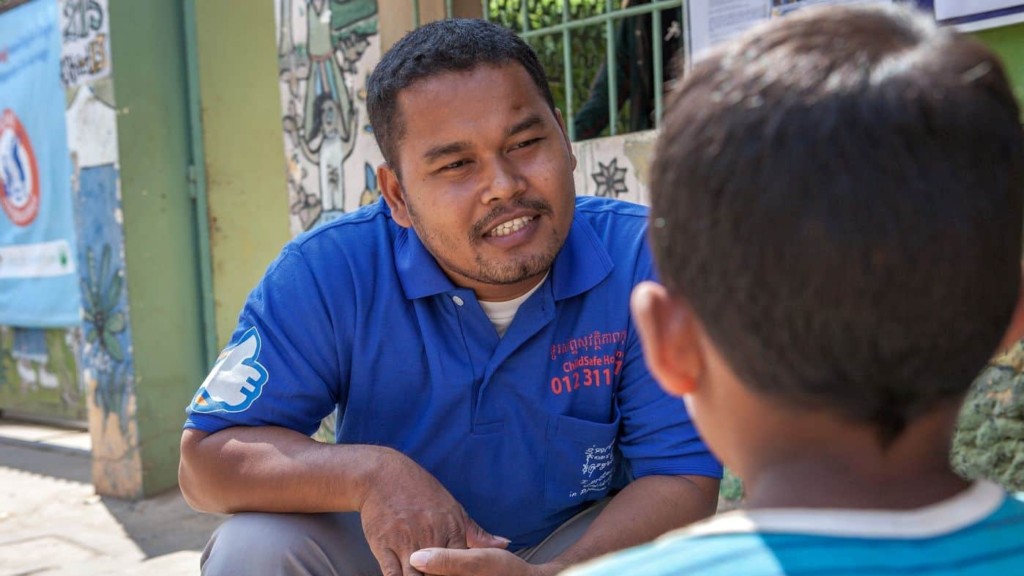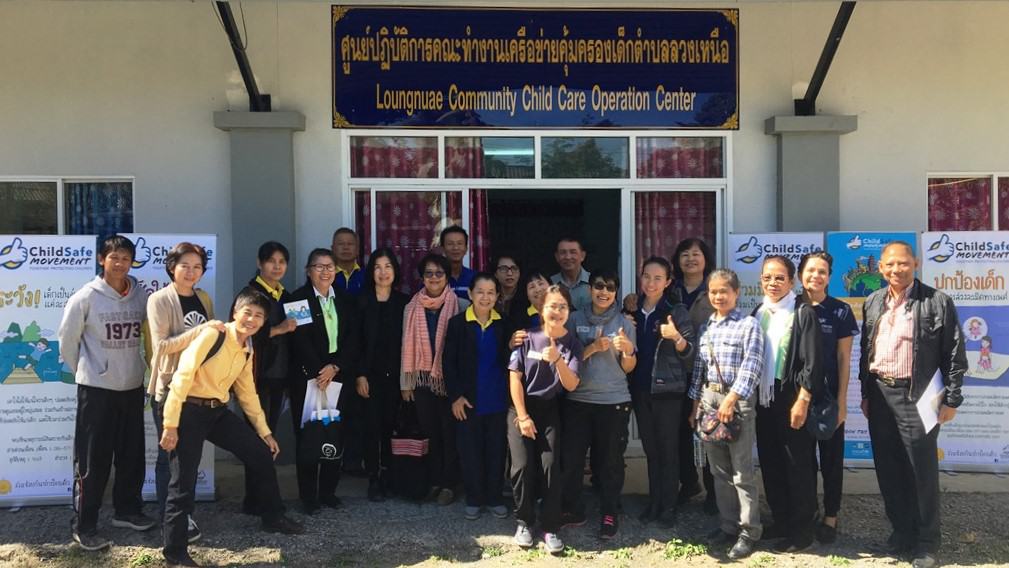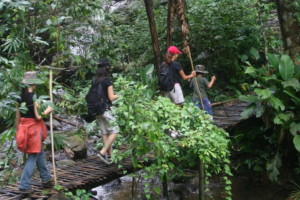An industry first: ChildSafe community-based tourism

Social change communicator James Sutherland describes the rationale for and results of the first concerted efforts to ensure the safety of local and visiting children in the context of community-based tourism.
Community-based tourism (CBT) is rapidly becoming a buzzword in the global travel industry. Offering direct interactions between people in communities and the tourists and travellers visiting those communities, it is a part of a growing trend for experiential and hands-on products within the tourism industry.
The way that CBT ‘injects’ clients directly into the local community offers economic benefits and opportunities for all involved. However there is also a potential downside. The sudden influx of visitors brings with it an increased number of risks for the children living in these communities if the situation is not managed appropriately and effectively.
Most may immediately think of potential sexual exploitation or abuse as the main area of concern here. Predators looking to gain access to children outside of mainstream tourism and urbanised support networks is indeed a risk, but actually one of many.
We may also see children dropping out of school to cater for tourists, performing in shows in an unsafe or potentially exploitative manner, or children-led activities being offered without adequate supervision from adults. Night-time performances and activities also lead to tired kids who cannot concentrate even if they remain in school.
Other risks include inappropriate and culturally-insensitive contact with travellers, children being the subject of obtrusive or exploitative photography — particularly in this age of the ‘selfie’ and instant social media communication — and also disruption to their learning by school visits from outsiders.
In addition, the safety of guests’ children may also be hazardous in some remote areas where travellers are simply not used to more arduous natural environments.
So, how can we address these new challenges?
We can ensure that CBT activities are ChildSafe!
ChildSafe has reached out and engaged successfully with CBT organisations, empowering them to address the above risks. They can then enjoy tourism as a boost to the prosperity of the local economy in a child-safe — and ChildSafe! — environment.
Fully inclusive, the approach mobilises a broad range of stakeholders through engaging, educational, and tailored activities and trainings to ensure the voices and needs of all community members, the local travel industry, and most importantly the children themselves are heard and met.
Chiang Mai case study

In a recent example from Chiang Mai, Thailand, our goal was two-fold — to raise awareness of potential risks to the community, including those arising from travellers, and to empower the entire community to develop and implement their own action plan which would tackle these.
The ChildSafe team first spent time with the community and various other stakeholders to find out what they already knew about child protection issues and to understand how they interacted with travellers. Through a series of workshops the ChildSafe team could see that the issues and concerns raised by local stakeholders actually mirrored the range of risks we identified in our earlier paragraphs!
The resulting action plan developed by the community alongside ChildSafe has led to some excellent and tangible results to date, including schools installing signage relating to tourist visits and other inappropriate behaviours of visitors, and incorporating child self-protection modules into their curriculum.
Home stays display ChildSafe’s ‘7 Tips for Travelers’ alongside a child safety brochure they developed for guest children.
Tip 1 — THINK! Children are not tourist attractions – let’s not treat them like they are.
Tip 2 — THINK! Volunteering with children feels good but could be harmful – look for better ways to help them.
Tip 3 — THINK! Children pay a price for your generosity – don’t give to begging children.
Tip 4 — THINK! Professionals know best – call them if a child needs help.
Tip 5 — THINK! Sex with children is a crime – report child sex tourism.
Tip 6 — THINK! Children should not be at work instead of school – report child labor.
Tip 7 — THINK! Protect children – be a ChildSafe traveler.
ChildSafe’s 7 Tips for Travelers — thinkchildsafe.org/7‑tips-for-travelers
Local foundations have been prompted to review their child protection policies and media guidelines, and community-based ChildSafe Agents have been trained and certified under the coordination of the TAO Child Protection Committee.
Community stakeholders have also been proactive in awareness-raising through radio broadcasting and local events delivering ChildSafe messages.
The communities involved continue to have full ownership of their CBT action plan with the ChildSafe team providing ongoing technical support and regular check-ins with the ChildSafe Agents, community members, and local authorities.
For more information on ChildSafe approaches to CBT, please contact info@thinkchildsafe.org.
ChildSafe Movement is a global child protection initiative powered by leading social innovator Friends-International. Together they call on almost 25 years’ experience in developing social solutions that recognise the crucial importance of local ownership to drive effective social change.
In recent years the ChildSafe Movement has worked very closely with the travel industry to develop and implement tools and resources to help ensure the welfare and protection of children in relation to travel & tourism, including the publication, in 2017, of the first ever set of comprehensive guidelines for Child Welfare and the Travel Industry (PDF).
Featured image: ChildSafe Agent in the field. Source: ChildSafe.
Download

- Child Welfare and the Travel Industry: Global Good Practice Guidelines (PDF — hosted offsite)
About the author
James Sutherland is International Communications Coordinator at Friends-International. James has been extensively involved in the development and roll out of the ChildSafe child protection advocacy campaigns since 2009.





